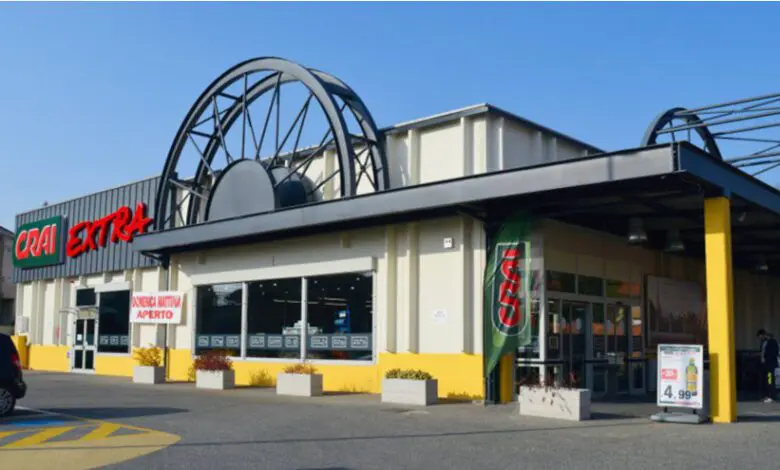Codè Crai Ovest has started to deploy an app called `Last minute sotto casa' by start-up LMSC to minimise food waste. The Italian cooperative uses it to inform shoppers on items to be bought at lower prices shortly before they reach their expiry date.
Read more >>
